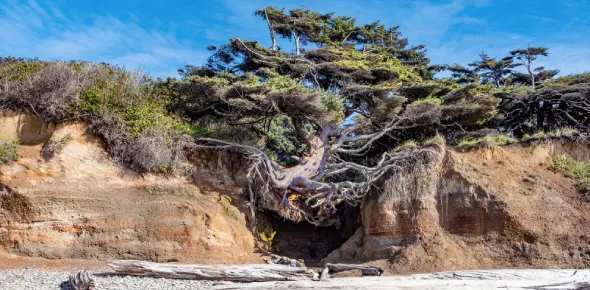Olympic Tree of Life: Can You Answer These Quiz Facts?
2.
We’ll put your name on your report, certificate, and leaderboard.










 Back to top
Back to top






